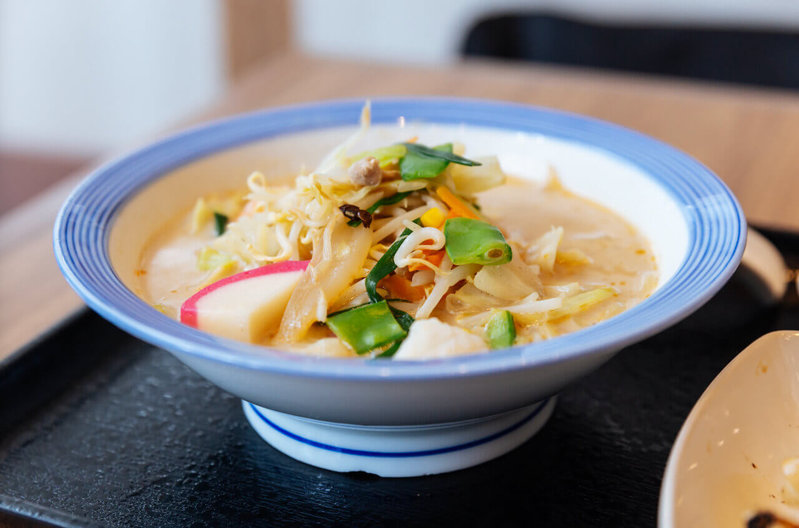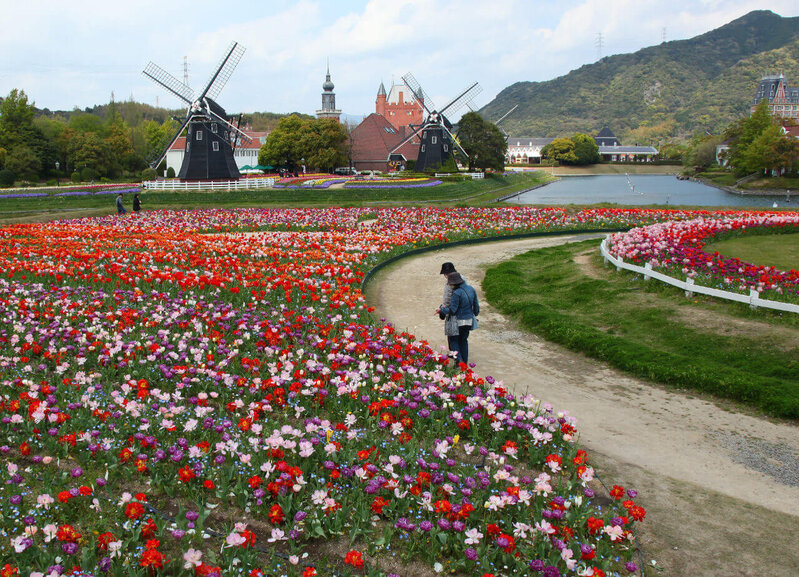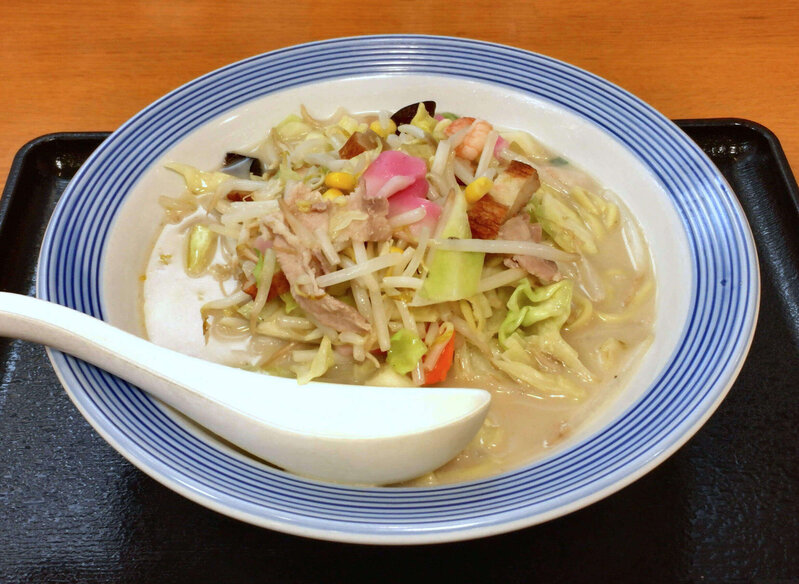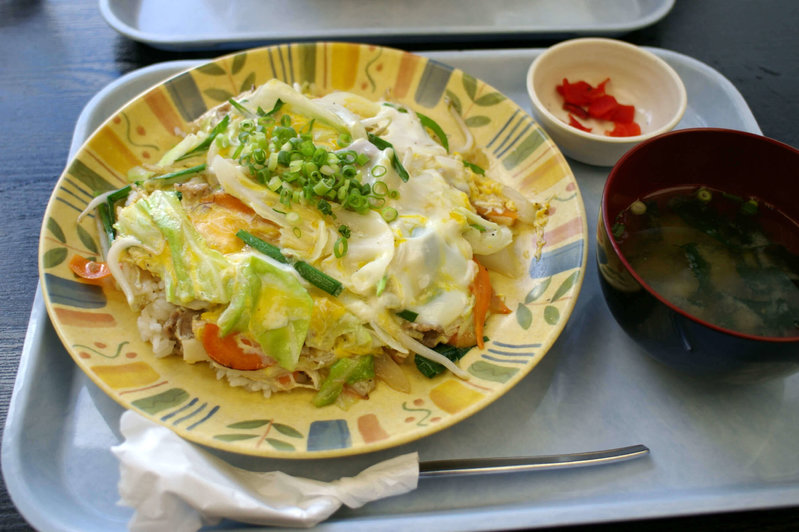
Nagasaki champon, an iconic Japanese dish born in Nagasaki. (Photo from: Shutterstock)
Nagasaki Prefecture is one of the most culturally diverse regions in Japan, characterised by influences from Dutch, Chinese, and Portuguese cultures. The Dutch and Chinese were the only countries allowed to trade with Japan during the sakoku period, or Japan’s Era of Isolation, while the Portuguese were prohibited from Japan in 1639 during sakoku.

Huis Ten Bosch Tulip Festival. (Photo from: ©SASEBO)
That diversity is reflected not just in the city’s architectural landscape, with notable examples such as Huis Ten Bosch in Nagasaki Prefecture’s Sasebo City which recreates a Dutch town, and the Former Hong Kong & Shanghai Bank Nagasaki Branch Museum in Nagasaki City, a prominent western-style former bank created by Japanese architect Kikutaro Shimoda. It is also present in Nagasaki's culinary offerings. One of the most prominent dishes of Nagasaki is champon, a delicacy so popular that you can find champon across nearly every major city in Japan, thanks to the restaurant chain Ringer Hut.
What exactly is the origin of this dish, and how did it come into existence?

Shikairo’s champon, the original one that gave birth to the cuisine’s popularity. (Photo from: Wikipedia, CC-Zero)
It is believed that the word "champon" originated from the Hokkien dialect in Fujian, particularly the word chia̍h-pn̄g (食飯), and was influenced by Fujian cuisine, specifically soup noodles with shredded meat (肉丝面汤). In its early days, the owner of the Chinese restaurant Shikairō (四海楼), which still operates to this day since 1899, recognised a need for an inexpensive means of catering to the numerous Chinese students residing in Nagasaki at the time. By combining Chinese flavours and cooking techniques with Nagasaki’s bountiful seafood and vegetables, champon was born.

There are now 569 Ringer Hut restaurants around Japan, selling Nagasaki champion. (Photo from: Wikipedia)
Champon is also vastly different from Japan’s national dish, ramen. Ramen noodles are simmered in boiling water using a deep strainer and served with hot broth simmered for 10 hours over the noodles. In champon, the toppings are fried with lard in a huge wok, then the broth is poured over it and fried again. Lastly, the egg noodles are added. Cooking dishes using a large wok over big fires gives the dish an added smoky fragrance, a prevalent technique used across multiple Chinese dishes.

Many variations of champon now exist across Japan. Okinawa champon consists of a stir-fry that sits atop a bed of rice. (Photo from: Wikipedia)
Champon variations have emerged since the dish made its way into the culinary vocabulary of Japan — Obama Champon, named after Obama Onsen in Nagasaki Prefecture's Unzen City and not after former U.S. president, is made with chicken and pork bones, and Japanese anchovies. Okinawa champon, on the other hand, does away with soup and noodles and focuses instead on a combination of stir-fried vegetables, corned beef, and a half-baked egg on rice — it’s hard to explain how the Okinawan variation is a stark difference from the original. Still, we're willing to wager that it still delivers an exceptional flavour experience.

